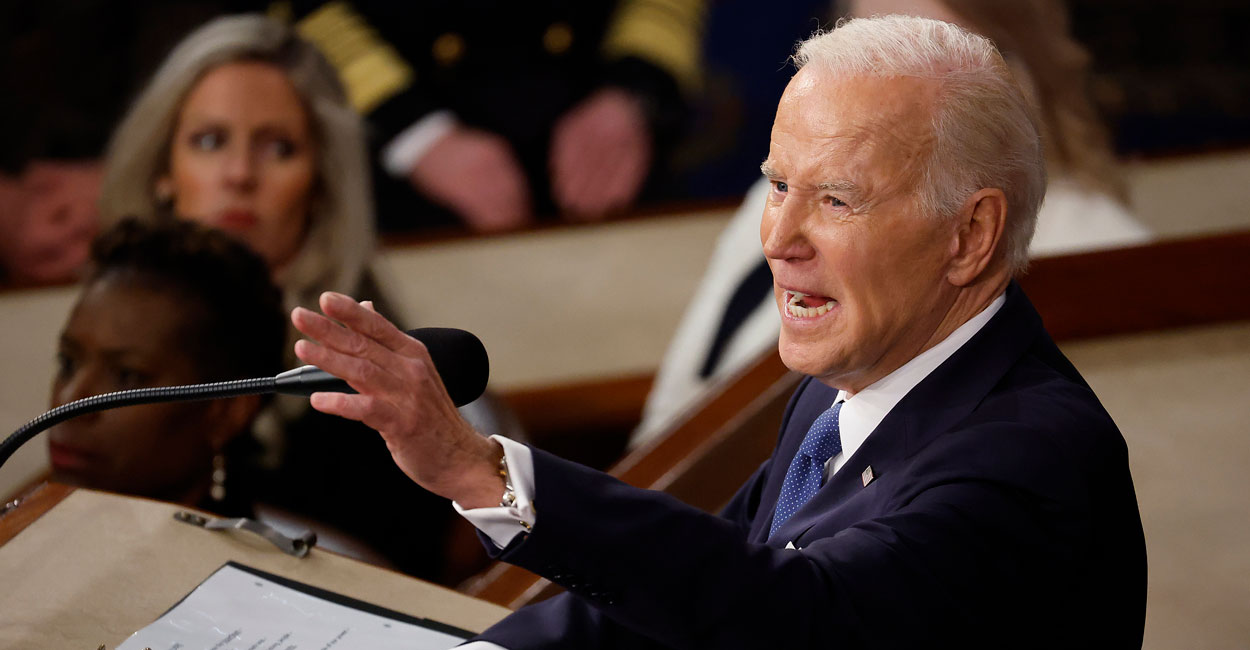What the State of the Union Didn’t Say

- The president entered office with a 1.4% inflation rate and spiked it to 7%.
- 30-year mortgages of 2.7% soared to 6.5% in less than two years.
- Eggs are $7 a dozen.
- A thin steak is $15 a pound.
- A sheet of plywood is $95.
- Gas averaged $2.39 a gallon when the president took office and even after draining the Strategic Petroleum Reserve it is still $3.50 a gallon. In my state, California, gas has recently been over $5 a gallon.
- The price of natural gas has tripled in less than a year.
- In two years over 5 million foreign nationals poured into the United States—all illegally across a nonexistent border.
- The president said that he “lowered” inflation, energy prices and interest rates after sending them to astronomical levels and then seeing them momentarily taper off a bit. Like Nero bragging about rebuilding Circus Maximus after burning it down. He omitted that these indices remain far higher than they were when he entered office.
- Russia went into Ukraine because Vladimir Putin saw the greatest humiliation in modern military history in Afghanistan, he sees President Biden mumbling and bumbling, he doesn’t respect Joe Biden and he doesn’t fear Joe Biden.
- The president said that he had “more jobs created in two years than any president has created in four years,” omitting that if the government forces businesses to close, it doesn’t “create” jobs when allowing them to open again.
- Three years ago, the unemployment rate was at 3.5%. President Biden reminded us that it is now at a historic low of 3.4%. Not mentioned: 30 million people lost their jobs to COVID-19 lockdowns. Biden claims to have “created” 12 million jobs during the past two years. The missing people have dropped out of the job market.
- There is no specific Biden economic policy that brought us an unemployment rate 0.1% lower than the previous administration. It happened on autopilot as we came out of a two-year economic shutdown.
- Biden claimed that his administration had “cut the deficit by more than $1.7 trillion—the largest deficit reduction in American history,” when, in fact, those “cuts” were sunsetting pandemic emergency spending. Next year, the deficit will be back to historically high levels.

